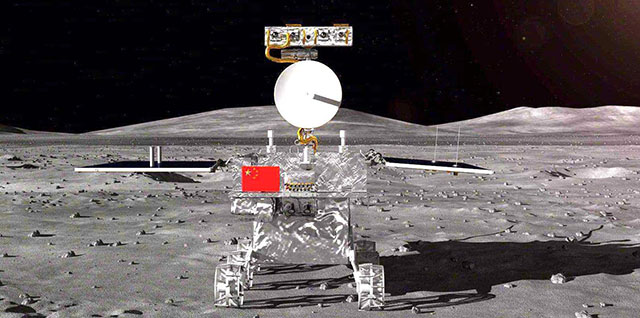Lighting the moon's dark side

Perhaps the Chang'e-4 lunar probe will be able to reveal more of its secrets. On Dec 8, the probe lifted off from Xichang Satellite Launch Center in Sichuan province. It is the first probe to travel to the far side of moon.











